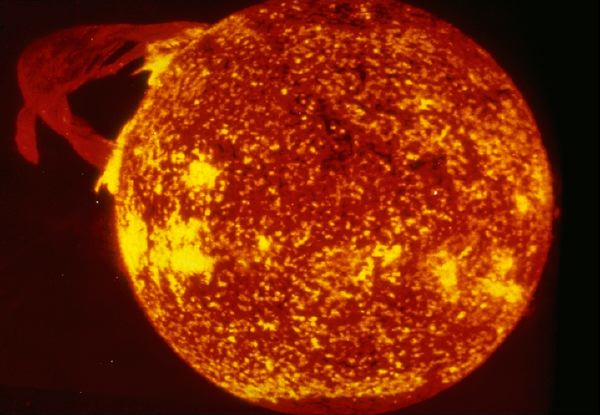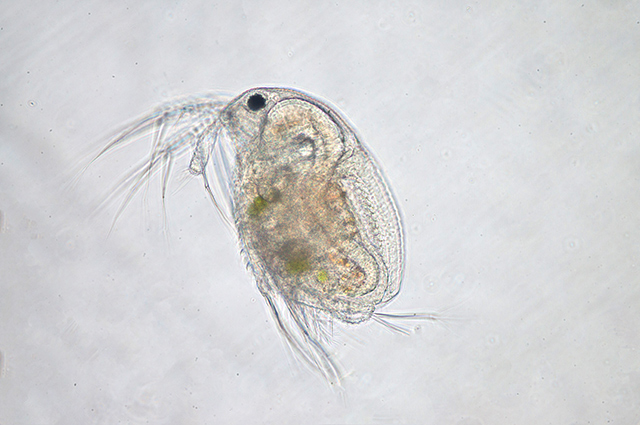One of the more recently discovered exoplanets is a rather special one. A U.K. study reported that WASP-104b gobbles up almost all the light that strikes its haze-covered surface. This dark hole of a planet is called a “hot Jupiter,” a Science Alert article states.
Hot Jupiters are a type of gas giant that have around the same mass as their namesake. Unlike Jupiter, these planets are often found orbiting much closer to their parent stars. And just like Venus, they are blisteringly hot.
These exoplanets are common enough, but they possess certain traits that lend them an air of mystery. The most notable characteristic is that they are darker than most planets.
The typical hot Jupiter absorbs 60 percent of the light sent its way by the parent star. Every now and then, planet hunters come across individuals that are much dimmer than the standard. (Related: Scientists discover 15 new planets, including one “super-Earth” that could harbor liquid water.)
One example is WASP-12b. First spotted in 2008, it was recently found to swallow up at least 94 percent of the light from its parent star.
One of the darkest planets in the galaxy is too hot for clouds or ice
Now it has a challenger. A Keele University (Keele) research team announced that WASP-104b absorbs anywhere from 97 to 99 percent of the light that reaches it.
In an interview, Keele researcher Teo Mocnik believes Wasp-104b is one of the darkest hot Jupiters. The current champ is TrES-2b, which only reflects 0.1 percent. The exoplanet orbits a yellow dwarf called WASP-104. This star is part of the constellation Leo and situated 466 light years from the Sun.
WASP-104b always presents the same side to its parent star. That sunny side will never know darkness, just as the opposite side of the planet will never see the light of day. Furthermore, the planet is located a mere 2.6 million miles (4.3 million km) from its home star. In contrast, Mercury orbits our Sun at a respectful distance of 35.98 million miles.
It takes WASP-104b less than two days to finish its small orbit. The day side is too hot for clouds or ice, which are two of the things that make a planet or moon shine like a star in the night sky.
Researchers also theorize its thick, hazy atmosphere contains large amounts of potassium and sodium. These elements absorb visible light, which means the day side is very dark despite always facing its star.
The night side might be cool enough to allow clouds. But since WASP-104b is tidally-locked, that cool side will never get any daylight that it can reflect.
Hot Jupiters do not reflect light, but they are not invisible
Hot Jupiters might be dimmer than the usual gas giant, but their lack of reflective light doesn’t make them any harder to spot. Planet hunters don’t look for the light reflected by exoplanets, anyway.
Astronomers use the transit method, where they look for regular periods when a star goes dim because its orbiting planet is blocking the light sent their way. NASA’s soon-to-be-retired Kepler space telescope found thousands of exoplanets this way.
Another way to find hot Jupiters is to use the radial velocity method. Researchers look for instances of stars that are moving in small circles. A hot Jupiter is big enough and close enough to its parent star that its gravitational pull can cause the star to visibly “wobble.”
Hot Jupiters are also not black in color. They don’t reflect light from their home star, but they do give off light because they’re so hot. WASP-104b would appear to be a giant spherical ember in space.
Read more stories about the interesting planets found far outside our solar system at Cosmic.news.
Sources include:
ScienceAlert.com
ARXIV.org





















